If you are a homeowner, gardener or professional landscaper, chances are you own a chainsaw. Chainsaws are powerful and versatile tools used for cutting trees, branches and logs. Unfortunately, like any other machine, they can experience issues such as getting flooded. This can happen due to various reasons such as incorrect use or maintenance of the chainsaw. When this happens, it is important to know how to fix a flooded chainsaw in order to get it running again.
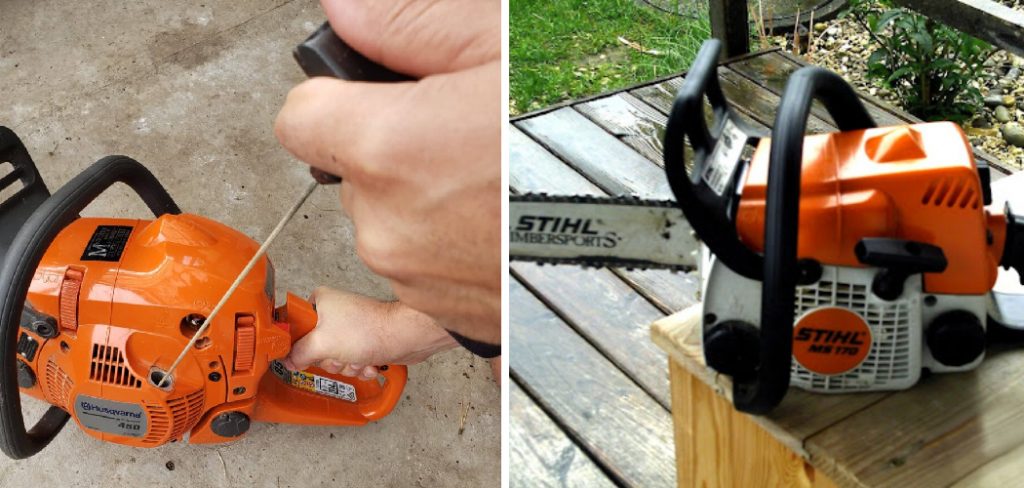
The main advantage of knowing how to fix a flooded chainsaw is that it can save you time and money. Chainsaws are an essential tool for those who work in the forestry or landscaping industry, as well as for homeowners who need to do occasional yard work. However, if your chainsaw gets flooded, it can become difficult to start and may even cause damage if not fixed properly. You can find step-by-step instructions on how to fix flooded chainsaw in this blog article.
Step by Step Processes for How to Fix Flooded Chainsaw
Step 1: Inspect the Chainsaw
Before attempting to fix a chainsaw that has been flooded, it is important to ensure your safety. Make sure you have the necessary safety gear on before proceeding. Next, inspect the chainsaw for any visible damage or clogs in the air filter.
Step 2: Remove Spark Plug
The spark plug plays an essential role in starting a chainsaw. If the chainsaw is flooded, it is important to remove the spark plug in order to release any excess fuel that may have accumulated. After removing the spark plug, use a clean cloth or paper towel to dry it off. Make sure there is no remaining fuel on the spark plug before re-installing it.
Step 3: Check the Carburetor
The carburetor is responsible for mixing air and fuel in the engine. If this component is clogged or dirty, it can lead to a flooded chainsaw. Use a carburetor cleaner to remove any dirt or debris that may be causing the issue.
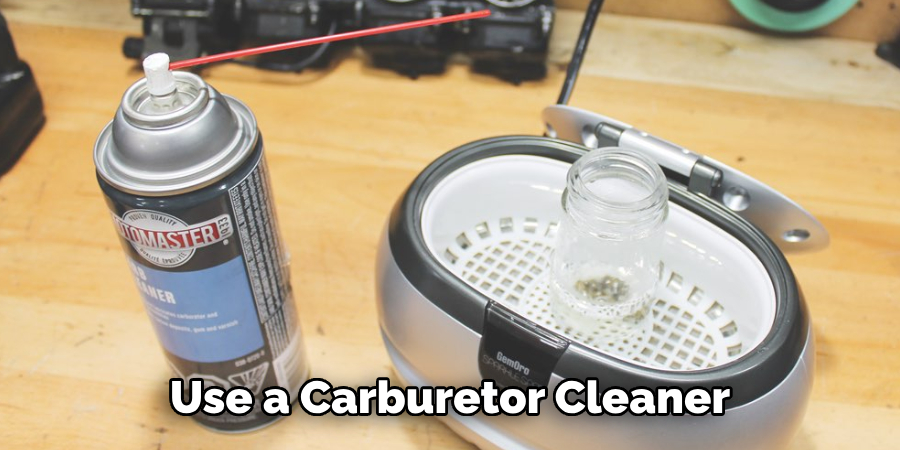
Step 4: Clear the Air Filter
A clogged air filter can also cause a chainsaw to flood. Remove the air filter and clean it thoroughly with soap and water. Let it dry completely before re-installing it. To prevent further flooding, drain any excess fuel from the chainsaw’s fuel tank. This can be done by tilting the chainsaw and allowing the fuel to pour out of the tank.
Step 5: Let the Chainsaw Sit
After draining excess fuel, let the chainsaw sit for a few minutes to allow any remaining fuel in the carburetor to evaporate. With the spark plug and air filter cleaned and installed, try pulling the starter rope a few times to see if the chainsaw starts. If it does not start, proceed to the next step.
Step 6: Adjust Carburetor Settings
If the chainsaw still does not start, you may need to adjust the carburetor settings. This can be done by turning the screws on the side of the carburetor in small increments until the chainsaw starts and runs smoothly. If all else fails, it may be best to take your chainsaw to a professional for further assistance. They will have the necessary tools and expertise to properly fix a flooded chainsaw.
Safety Precautions for How to Fix Flooded Chainsaw
- Wear protective gear such as goggles, gloves, and earplugs to prevent injuries.
- Work in a well-ventilated area to avoid inhaling any harmful fumes.
- Keep children and pets away from the work area to ensure their safety.
- Disconnect the spark plug before attempting to fix a flooded chainsaw.
- Use caution when handling sharp objects or tools during the fix process.
- Always follow the manufacturer’s instructions and guidelines for safe operation of the chainsaw.
- If the chainsaw is severely damaged, do not attempt to fix it yourself and seek professional help.
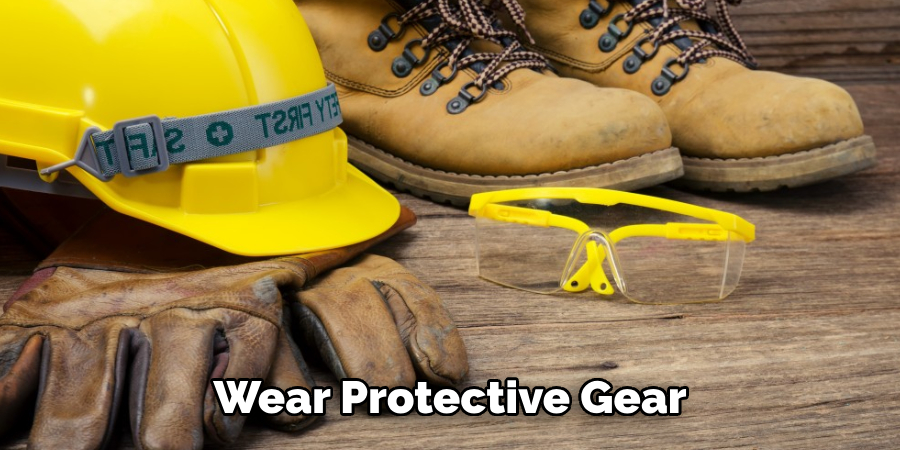
Overall, safety should always be the top priority when working with power tools such as a chainsaw. By following these safety precautions and the step by step processes outlined above, you can safely and effectively fix a flooded chainsaw. Remember to always exercise caution and seek professional help if needed.
What Are Some Common Mistakes People Make When Trying to Fix a Flooded Chainsaw?
One common mistake people make when trying to fix a flooded chainsaw is not checking the air filter. The air filter can become clogged with debris, preventing proper air flow and causing the engine to flood. It is important to regularly clean or replace the air filter to prevent this issue. Another mistake is not properly priming the fuel system after fixing the flooded chainsaw.
After draining the fuel and oil mixture from the engine, it is essential to prime the system before starting the chainsaw. This helps ensure that clean fuel is entering the engine and reduces the risk of flooding again.
Some people also make the mistake of using old or stale gas in their chainsaw. Gasoline can go bad after a few months, causing it to become less volatile and harder to ignite. It is important to use fresh gasoline when refueling a chainsaw to prevent flooding.
Finally, not properly storing the chainsaw can also contribute to flooding issues. Leaving the chainsaw in a damp or humid environment can cause moisture to build up in the engine, leading to potential flooding. It is important to store the chainsaw in a dry place and to use a fuel stabilizer when storing it for an extended period of time.
Can Regular Maintenance Prevent a Chainsaw From Getting Flooded in the Long Run?
In this section, we will discuss the steps you can take to properly store your chainsaw and avoid any potential flooding issues. As a chainsaw owner, it is important to know how to properly care for and maintain your equipment in order to prevent any unexpected problems.
1. Always Use Fresh Gasoline
One of the main causes of a flooded chainsaw engine is using old or stale gasoline. If your chainsaw has been sitting for an extended period of time, it is important to drain out any old gasoline and replace it with fresh fuel. This will help ensure that your chainsaw starts up properly without any issues.
2. Keep Your Chainsaw Clean
Dirt and debris can build up in your chainsaw’s air filter, carburetor, and spark plug. This can cause clogs and prevent proper air flow, leading to a flooded engine. Regularly cleaning your chainsaw after each use will help prevent these issues.
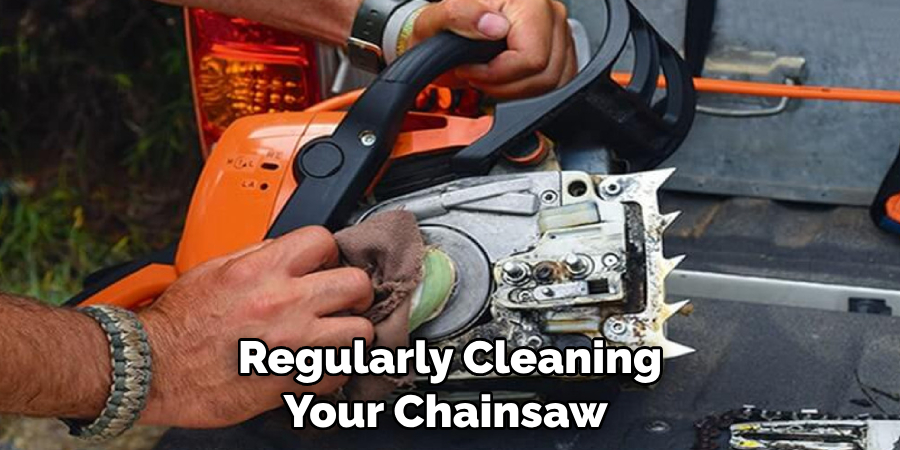
3. Check the Fuel Filter
The fuel filter is responsible for filtering out any impurities in the gasoline before it reaches the engine. Over time, these filters can become clogged and prevent proper fuel flow. Check your fuel filter regularly and replace it if necessary to avoid any potential flooding issues.
4. Use a Fuel Stabilizer
If you know that your chainsaw will be sitting unused for an extended period of time, it is recommended to add a fuel stabilizer to the gasoline. This will help prevent the fuel from breaking down and causing issues with your chainsaw’s engine.
5. Store Your Chainsaw Properly
When not in use, it is important to store your chainsaw in a cool, dry place. Make sure to remove any excess fuel from the tank and run the engine until it shuts off on its own. This will help prevent any residual fuel from gumming up the engine.
By following these tips and properly caring for your chainsaw, you can avoid any potential flooding issues and ensure that your equipment runs smoothly for years to come. Regular maintenance is key in preventing a flooded chainsaw engine, so make sure to schedule regular check-ups and cleanings to keep your chainsaw in top condition.
How Can You Properly Store Your Chainsaw to Avoid Flooding?
To properly store your chainsaw, follow these steps:
- Empty the fuel tank and run the engine until it shuts off on its own.
- Clean any excess debris or dirt from the air filter, carburetor, and spark plug.
- Use a fuel stabilizer in the remaining fuel to prevent it from breaking down.
- Store the chainsaw in a cool, dry place away from any potential sources of moisture.
- Check on the chainsaw regularly and perform maintenance as needed.
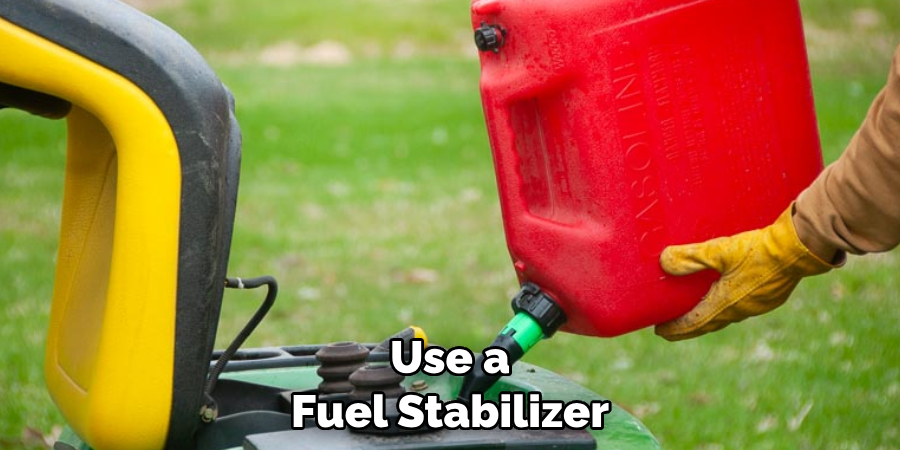
By following these steps, you can ensure that your chainsaw is properly stored and ready to use when you need it without any flooding issues. Remember to always prioritize safety and seek professional help if needed for more complex repairs.
Conclusion
In conclusion, there are several ways to fix a flooded chainsaw. The most important thing is to stay calm and follow the necessary steps. Start by removing as much fuel from the chainsaw as possible, then check the air filter and spark plug for any signs of damage or clogging. If needed, clean or replace these components before attempting to start the engine again.
Another method is to let the chainsaw rest for a few minutes, allowing excess fuel to evaporate. This is especially helpful if the chainsaw was flooded due to overpriming or an air leak in the carburetor. If none of these methods work, you may need to adjust the carburetor settings or seek professional help.
It’s important to remember that safety should always be a top priority when dealing with power tools like chainsaws. Make sure to wear protective gear and follow the manufacturer’s instructions. I hope this article has been beneficial for learning how to fix flooded chainsaw. Make Sure the precautionary measures are followed chronologically.
